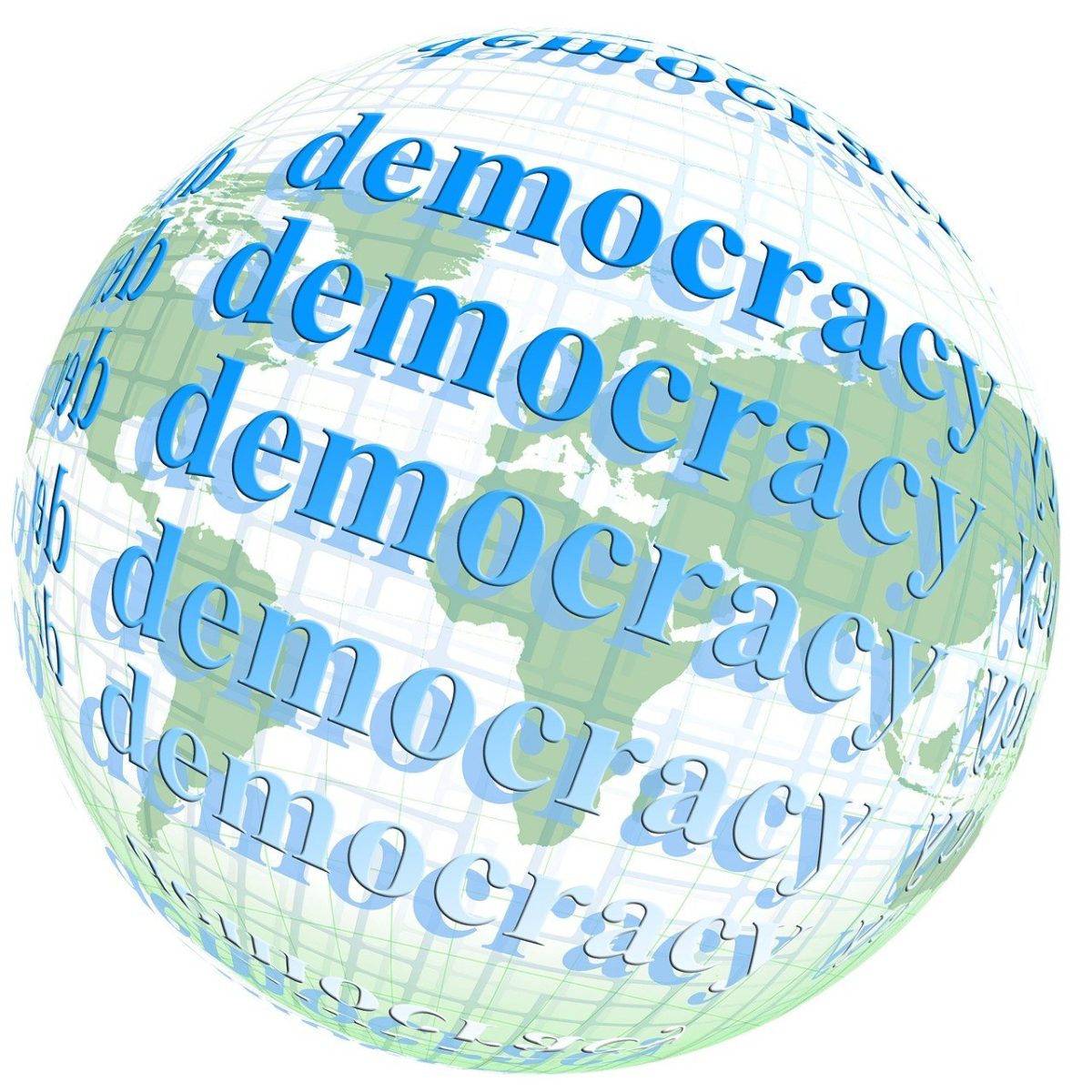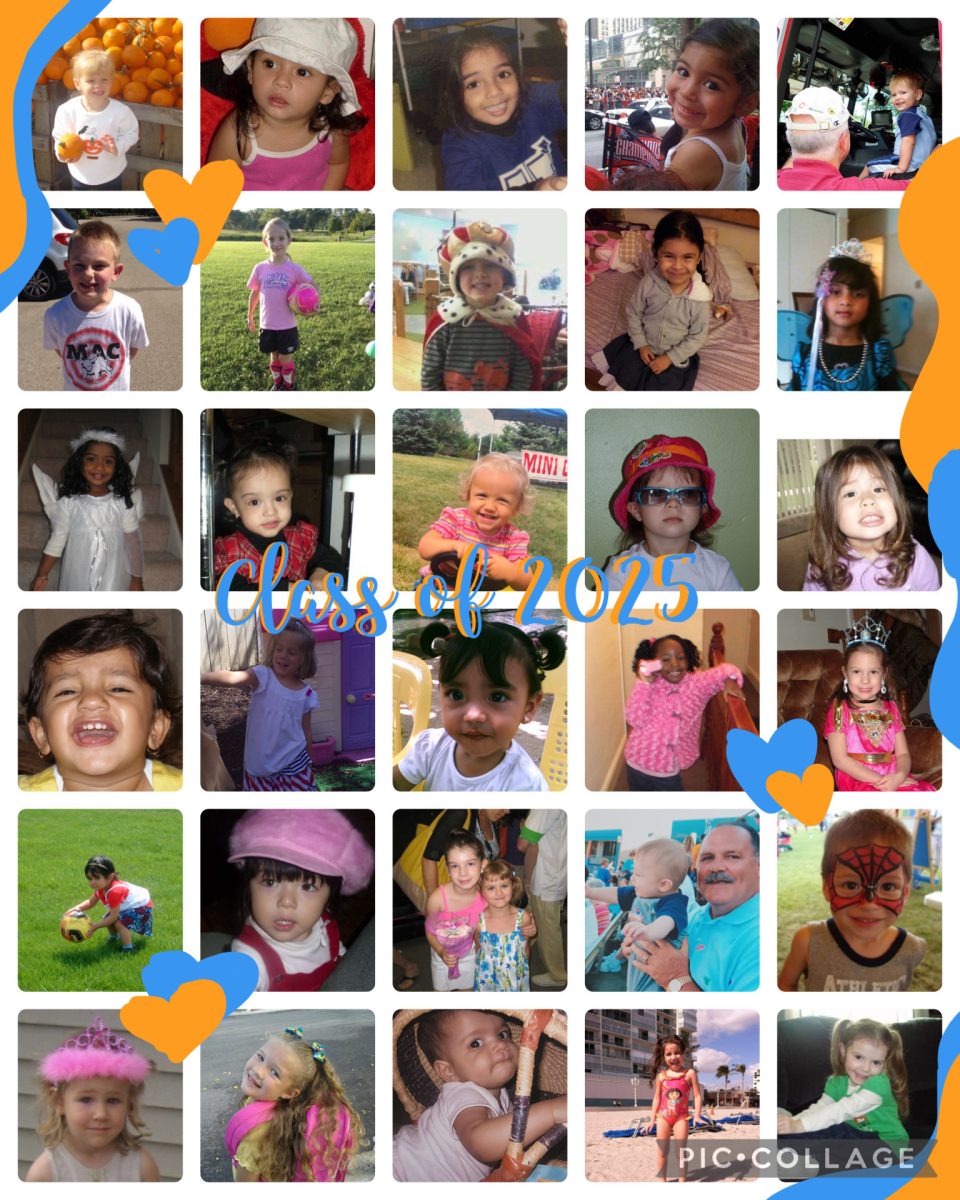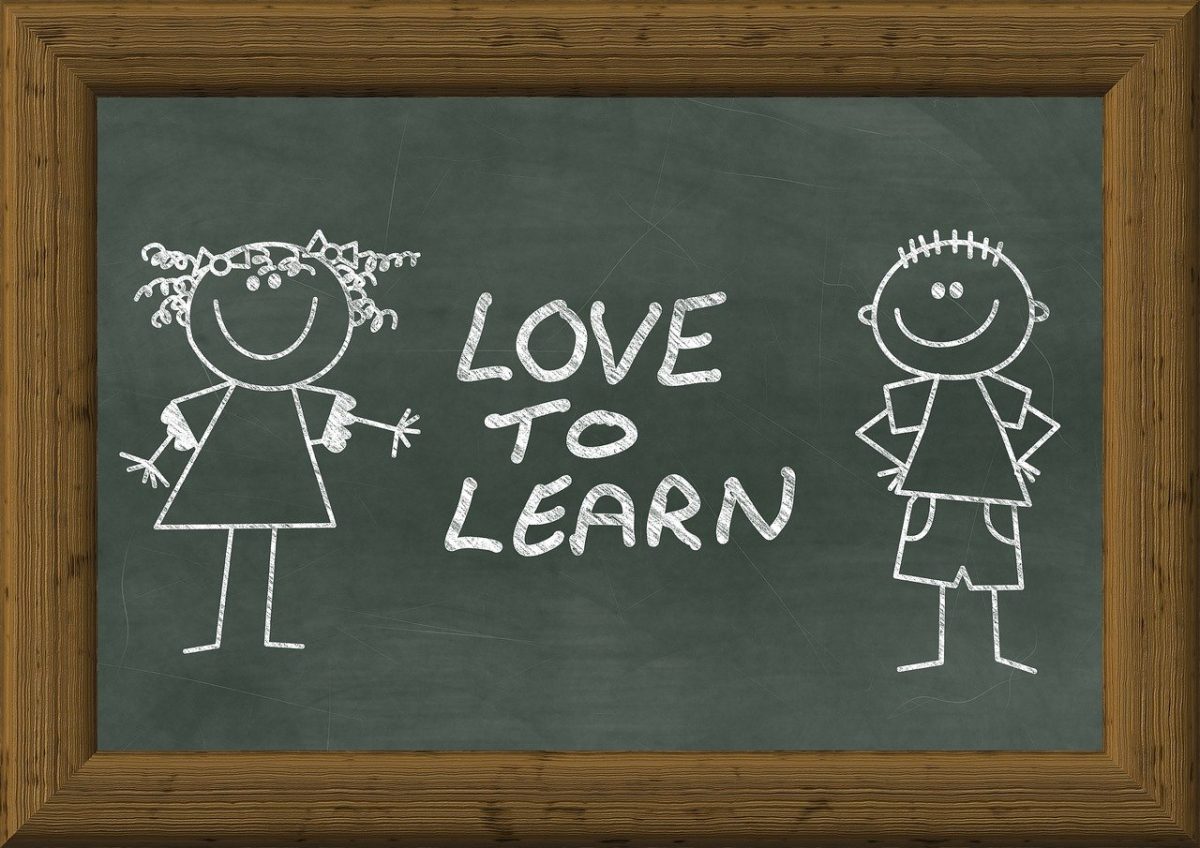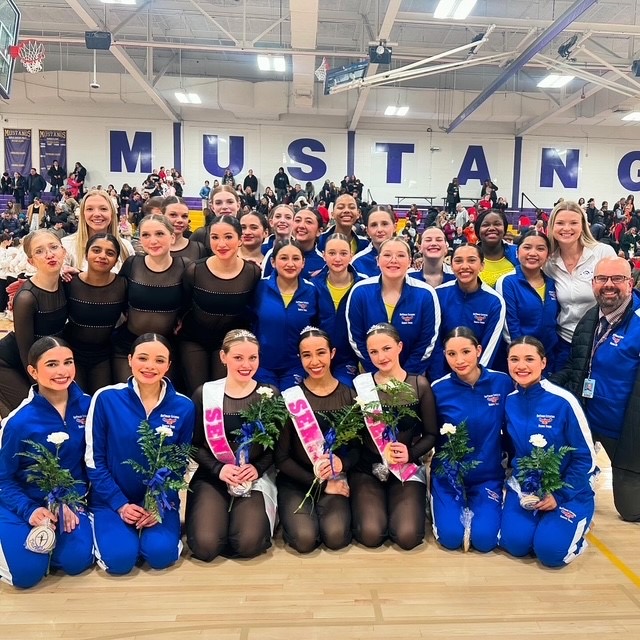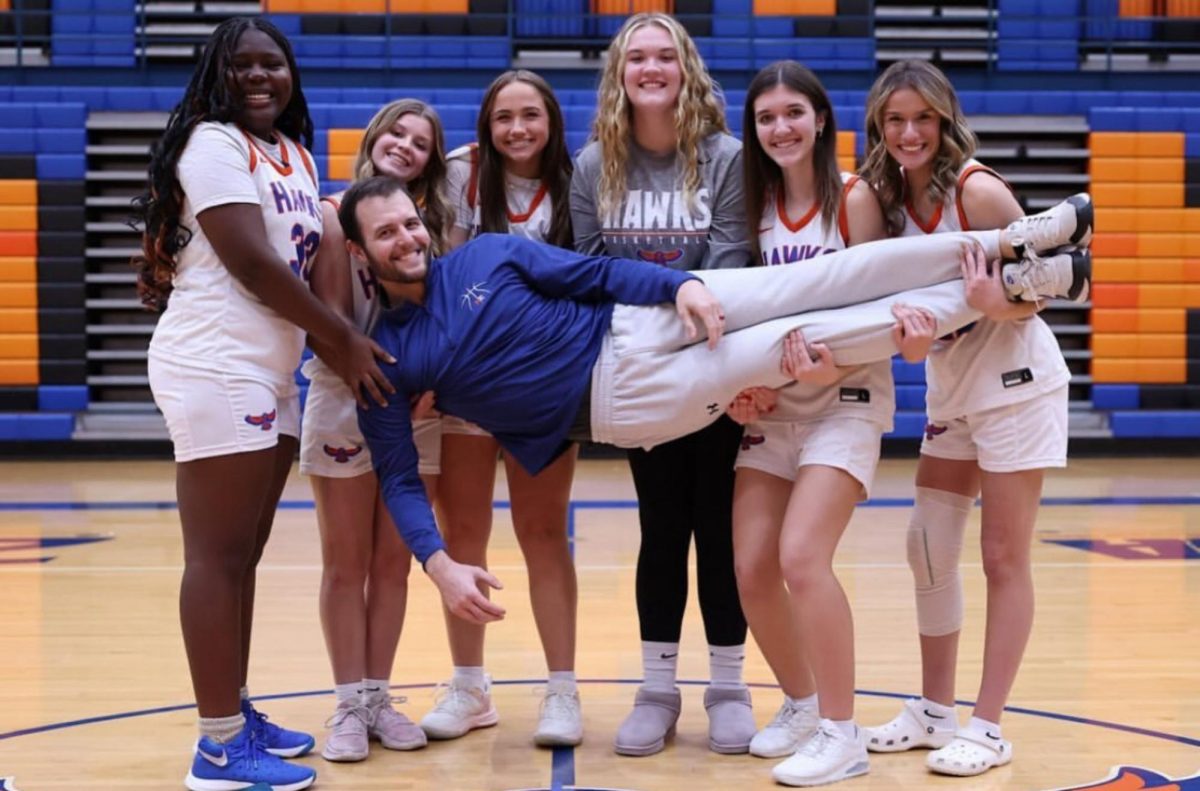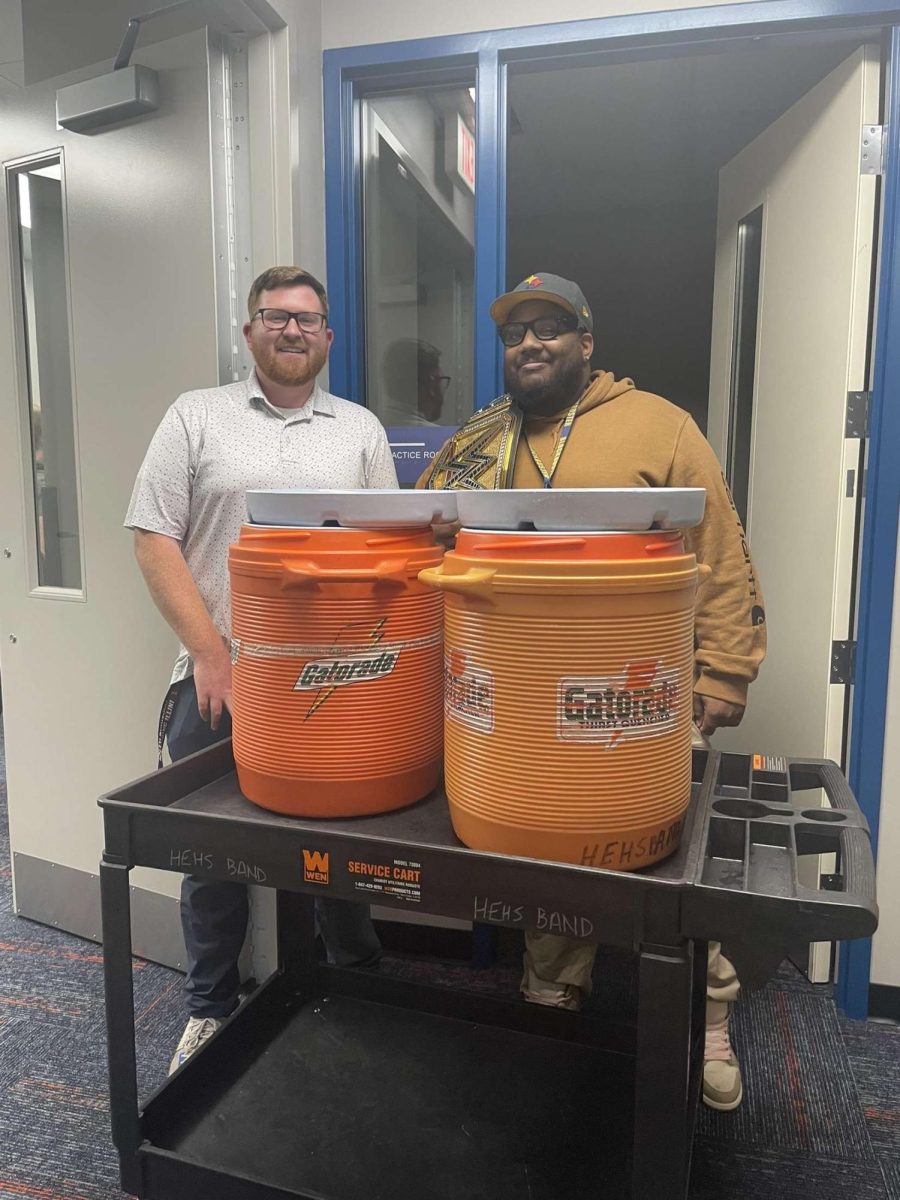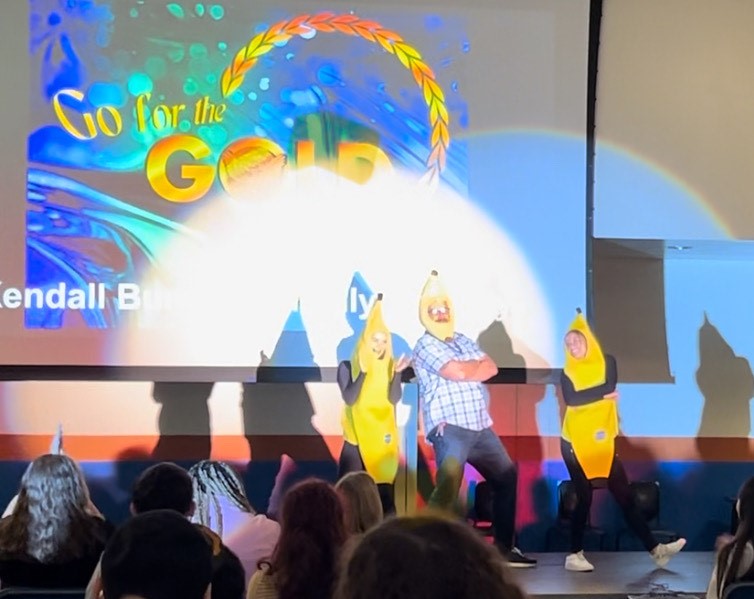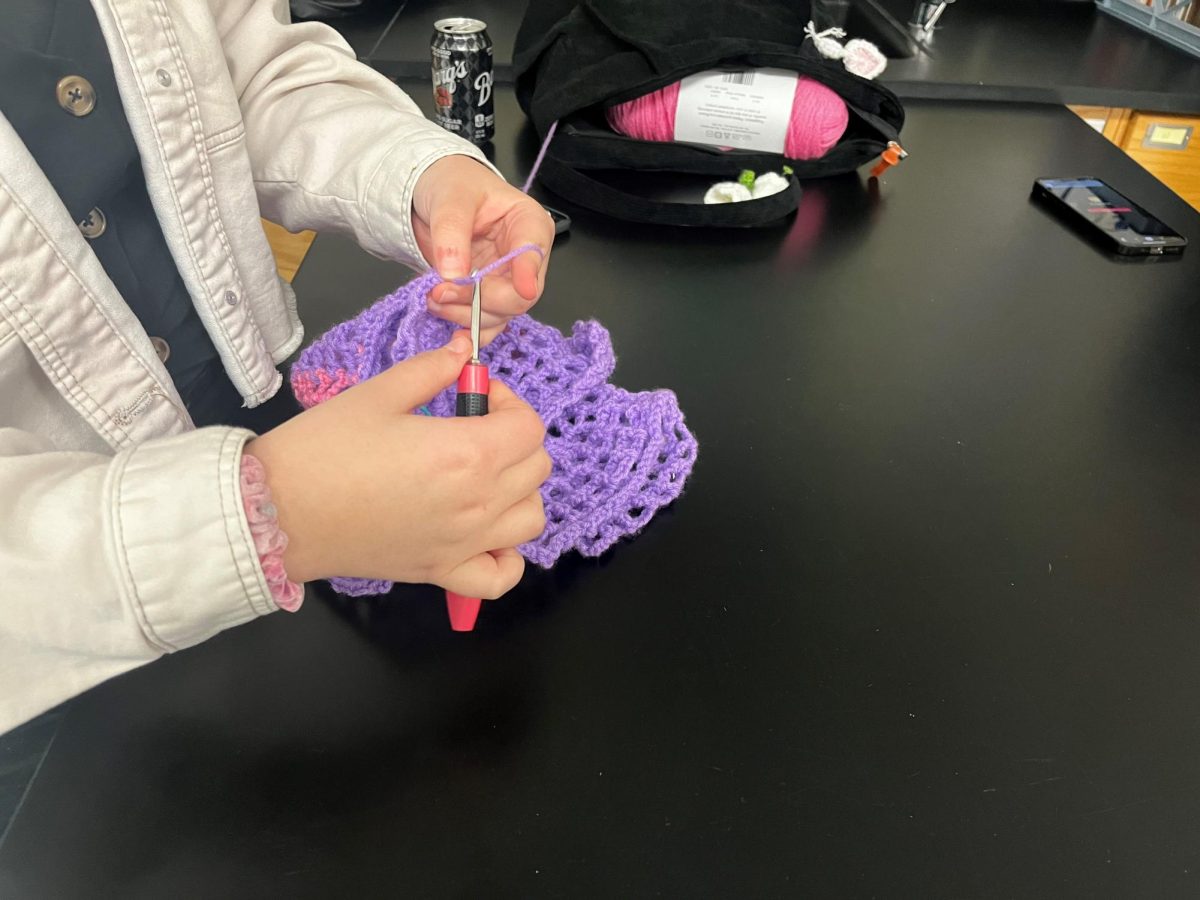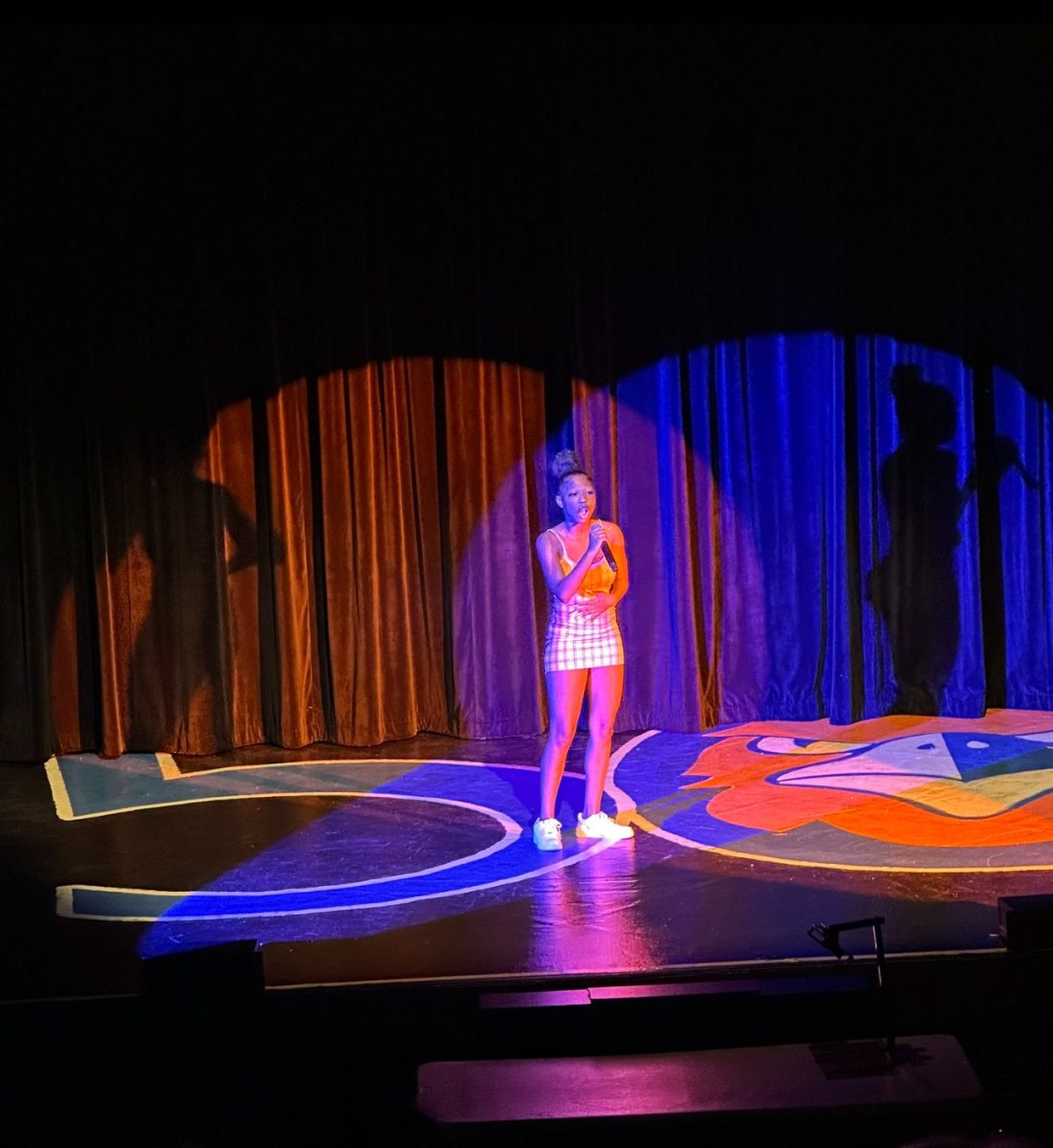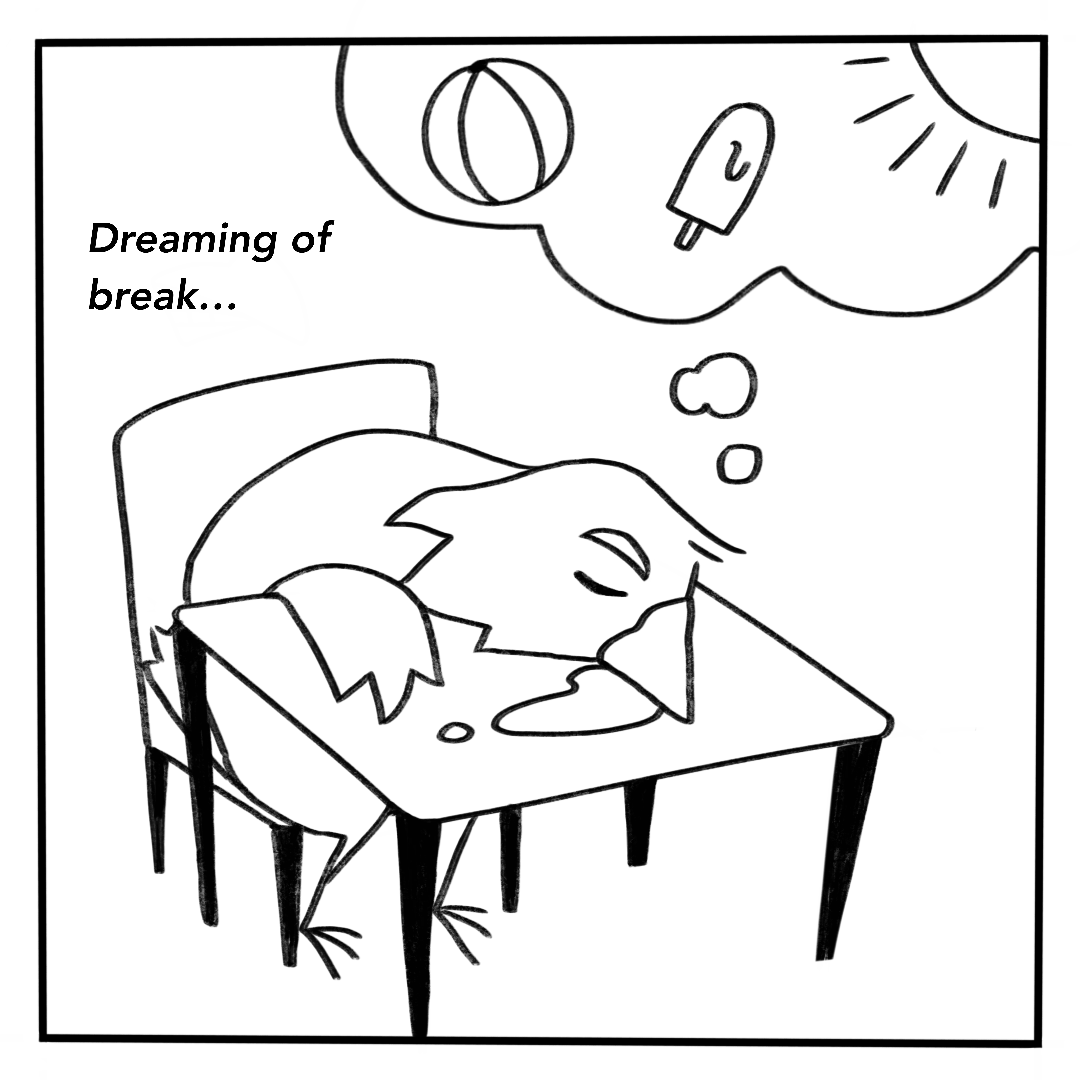Fake news is a real issue
Readers of online content cannot blindly trust any source. Evaluating the credibility of all content can open readers eyes to what is true and what is fake.
April 2, 2017
Fake news is a problem on a national level, but it can also affect students, which are the future of this country.
Thousands of news stories are published every day and many of them are fake. When shown three fake headlines, students interviewed for this story were unable to distinguish real from fake.
“It’s not good to make fake news,” said Gilberto Sanchez, a sophomore at Hoffman Estates High School. “This is because people will spread the fake news and believe it.”
Sanchez believes that fake news is likely to gain more traction than real news.
“Fake news gets spread quicker than real news,” he said. “Fake news has more creativity and causes drama.”
Fake stories also tend to get peoples’ attention because the information is presented in a way that makes it easy to process.
“People believe in fake news stories very easily,” said Shane Cloherty, sophomore. “The media [are] our source of news. People hear [the information] and believe it because it’s the only source that people can easily understand, without having to be there at an event.”
This is really showing how that the power of fake news can affect people not just in America but also on an international level. Stories for which there is no evidence can cause people to think that someone did something that is immoral and/or bigoted. This would be considered a form of libel and can have some serious repercussions. Journalists can lose their reputation as being trustworthy, be sued, and even lose the job.
“[A fake news story] made me think that our president, Donald Trump, is part of the KKK,” said Jacob Boomgarden, sophomore, who said he read a story that was not well-reported. “It is not okay to make fake news,” he added.
The reason why journalists and others who post information online would make up news could be for various reasons. It could be an effort to gain popularity.
“Whatever the case would be, it’s not okay to make up news like that,” said Boomgarden.
There are individuals who do not get easily tricked into believing trusted sources that spew fake news. Three people were interviewed about which out of the three news stories are real or fake. This was a trick question, of course, as all of them were fake. Two out of the three people interviewed said only one of the news stories were fake.
Only one person who was interviewed said that all of the news stories that were presented was fake.
“All of them,” said Chloerty when presented with the three sample story headlines. “They don’t seem realistic to me.”
When there are two out of three people that will fall into the fake news trap, it really can get concerning for the United States of America.
